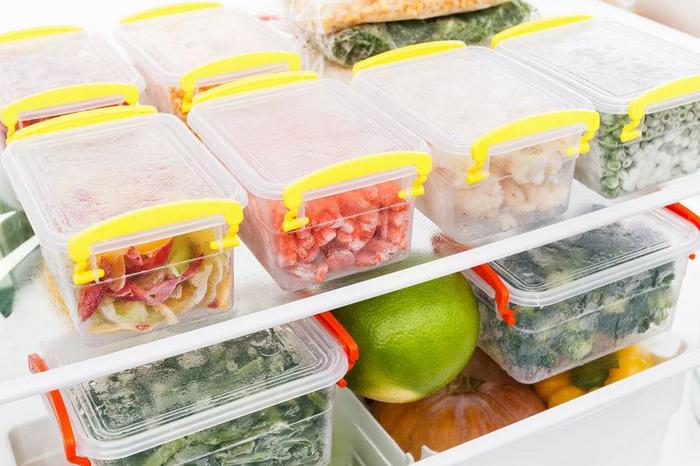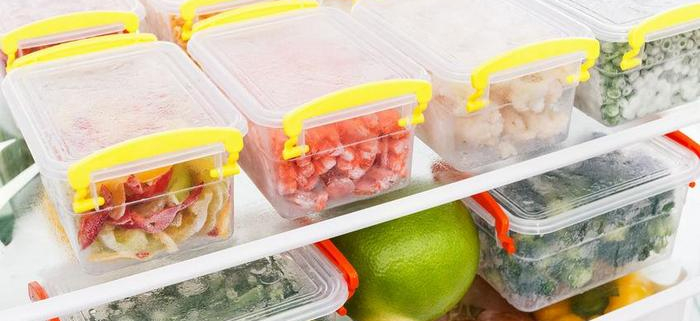Tips for Preparing Frozen Meals for Outdoor Purposes
One of the concerns people tend to have when going on an adventure is food. They are not sure what to expect, so they usually go with snacks. You can take proper meals with you for outdoor activities, but planning and preparation may be difficult. In this case, frozen food comes in handy. In this article, we’ll delve into preparing frozen meals for outdoor adventures, offering practical tips for enhancing your experience.

5 Ways to Prepare Frozen Food for Outings
Here is how freezing your food can provide a convenient solution.
Choosing Suitable Recipes
Keep your choice of food simple. This is very crucial, especially because you are dining outside your home. Choose recipes that are easy to prepare, homely, and can withstand the stress that comes with outdoor travel. Examples of meals like this include stews and pasta dishes.
You also have to consider the duration of your trip and the availability of cooking items when selecting recipes. For shorter trips, try meals that require minimal cooking equipment and can be easily reheated over a portable stove.
Proper Packaging and Storage
Outdoor meals are easily prepared when you package and store them well. Invest in durable, leak-proof containers or resealable freezer bags that can endure the bumps and pressures of outdoor travel. Label each container with the contents, date of freezing, and reheating instructions for easy identification. Strategically arrange your frozen meals in your cooler or backpack to stay frozen for longer.
Thawing and Reheating Methods
Food safety requires proper thawing of frozen meals. Refrigerating food 24 hours in advance is the most effective way to defrost it. Use a cold water cooler if you’re short on time. But you need to replace the water every half an hour. Options for reheating vary based on the outdoor setup, which includes campfires, portable stoves, or an airfryer. Adapt to your situation for safe and enjoyable outdoor dining.
Food Safety and Hygiene Practices
It’s crucial that you comply with appropriate food safety and hygiene protocols when cooking and serving food outside. Wash your hands before you start cooking, and remember to use clean utensils. This is to prevent cross-contamination. You may refrigerate or freeze perishables if you’re not ready to cook or eat them. Avoid leaving them out in the open to spoil.
Creative Meal Planning and Presentation
Elevate your outdoor dining by being creative with meal planning and presentation. Use seasonal ingredients and local flavors for added flair. For simpler cleanup, choose individual servings and environmentally friendly serving utensils. Enhance your dishes with fresh herbs, lemon, or olive oil for gourmet perfection.
Conclusion
Making frozen food simplifies mealtime for outdoor lovers and offers scrumptious and filling options for outings. Perfecting storage and packing, choosing the right recipes, and following food safety regulations improve outdoor meals and increase leisure time.
Additionally, select recipes and ingredients that are freezer-friendly. For freezing, choose meats, beans, grains, and durable vegetables. So put on your hiking boots, load up your cooler, and get ready to savor the tastes of nature again.







